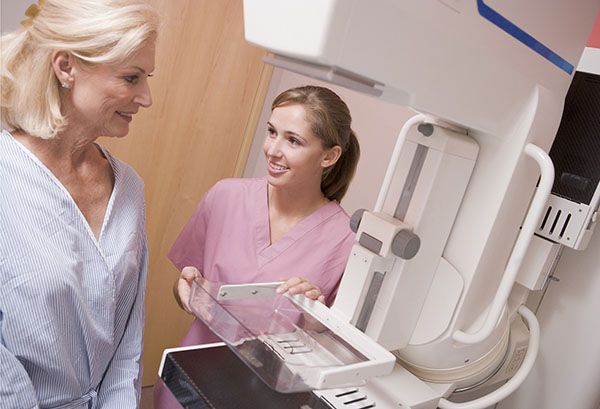Three things to know about breast health
March 19, 2023Categories: Blog Posts, Newsletter
Tags: Cancer
 After skin cancer, breast cancer is the second most common cancer in women. At some point in their lives, about 13% of women will learn that they have a cancerous tumor in a breast. So it’s important to learn all you can about breast health. Here are three key facts to keep in mind:
After skin cancer, breast cancer is the second most common cancer in women. At some point in their lives, about 13% of women will learn that they have a cancerous tumor in a breast. So it’s important to learn all you can about breast health. Here are three key facts to keep in mind:
-
Not all breast lumps are cancer. It’s easy to automatically think cancer if you find a lump in your breast. But while breast lumps can certainly be cancer, there are other, noncancerous possible causes for a lump, such as a fluid-filled cyst, a benign tumor called fibroadenoma, dense breast tissue or even an infection.
The main thing you need to do if you find a lump is alert your health care provider, says Kristin Krupa, MD, a breast surgeon at St. Mary Medical Center. Your provider will examine you and take a medical history. You may also need a breast ultrasound and other imaging tests.
-
You should report any breast changes to your provider. Most medical groups no longer recommend breast self-exams as a way to find cancer early. But if you notice a change in how your breasts look or feel, you should report that to your provider. Besides a lump, other changes of possible concern include nipple discharge, an inverted nipple or a nonhealing sore.
- Mammograms save lives. Breast cancer is highly treatable, especially when found early through screening, Dr. Krupa notes. Mammograms, which can reveal breast lumps when they’re still too small for you or your provider to feel, have gotten even better over the years at detecting breast cancer.
“We now use 3D mammograms,” says Russell Reisner, MD, also a St. Mary breast surgeon. “With these new mammograms, we can see much more clearly into the breast than in the past.”
Women at average risk for breast cancer may want to start screening every year at age 40. Doctors may advise those at high risk (due to their family history, for instance) to screen before age 40 and with an MRI.
At St. Mary, mammogram appointments are available within 24 hours of requesting one. Walk-in breast screening is available, although it can be helpful to call ahead and ask about wait times.
